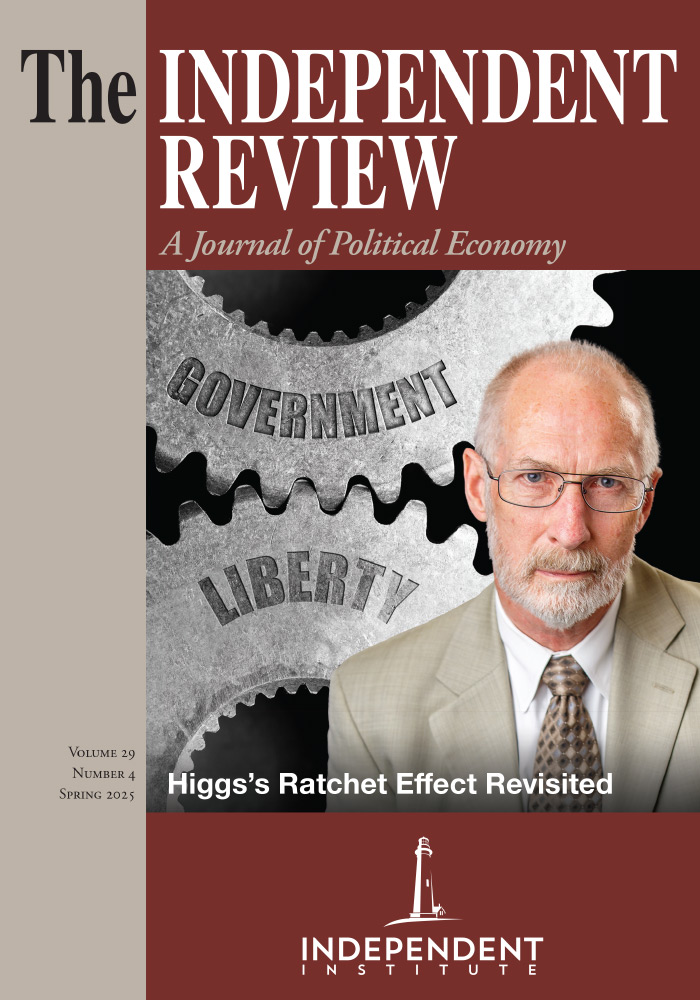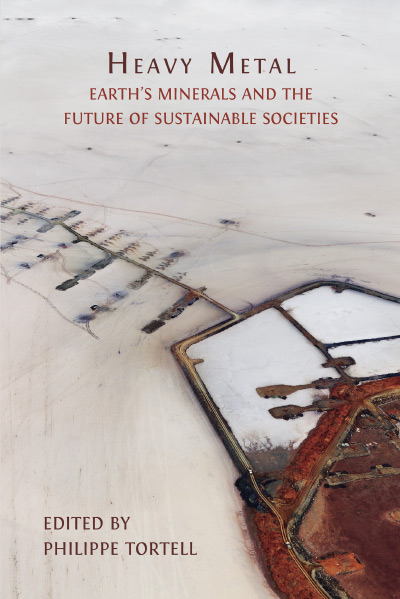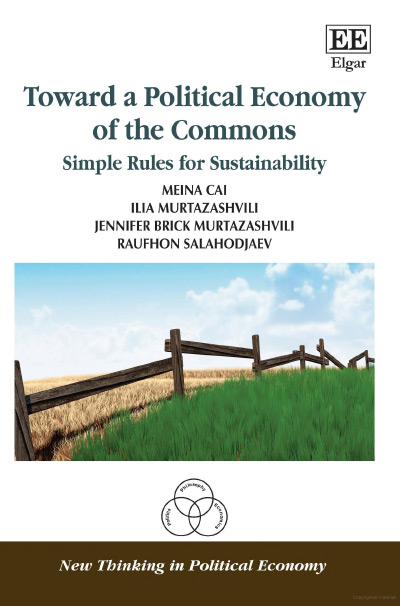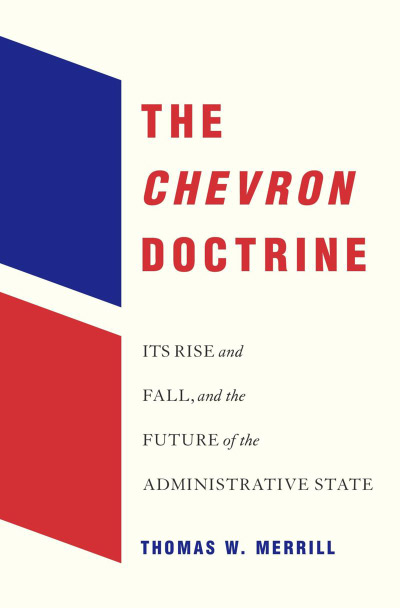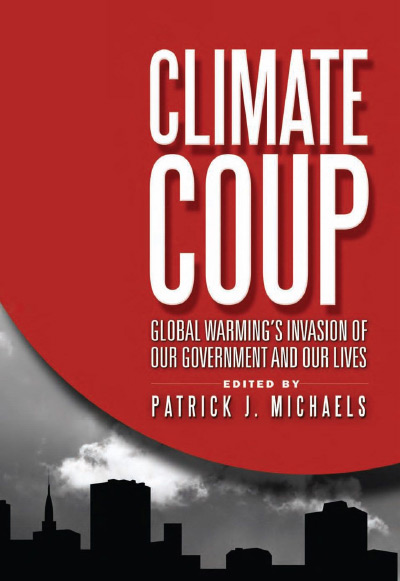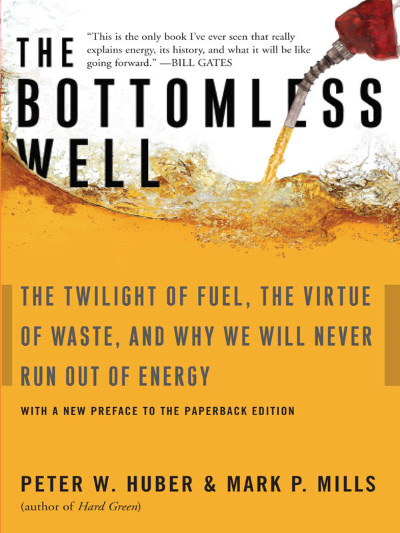This messiness makes life difficult for opponents of fossil fuels. As they see it, climate change is an “existential threat” (p. 16), so we must decarbonize the economy very quickly. But because mining is messy, the costs of transitioning from fossil fuels toward renewables—whose wind turbines, solar panels, and batteries extensively rely on minerals like copper, cobalt, lithium, and rare earth metals—are even higher than is generally believed. Confronted with this reality, a rational observer might slow down and tally up all the benefits and costs—private costs, as well as social costs arising from externalities—and carefully determine when it is better to stick with petroleum, natural gas, and coal and when it is better to transition to wind, solar and other renewable energy sources. However, that’s not the general point of view of this volume, because “the stakes” of decarbonizing the economy “could not be higher, and failure is not an option” (p. 8). Rather, the contributors generally argue that we need to substantially increase mineral production and simultaneously make it less messy, regardless of the costs.
The collection is edited by Philippe Tortell, who is a Professor of Oceanography at the University of British Columbia (UBC) and Co-lead Investigator of UBC’s Future Minerals Initiative. The essays are extraordinarily diverse, which gives the project somewhat of a schizophrenic feel. Nearly half the chapters are written by scientists affiliated with UBC’s Department of Earth, Ocean and Atmospheric Science. They are generally very informative and useful. However, many of the other essays embody a radical agenda, which is likely to make achieving these goals—and prosperity more generally—more elusive. The volume’s usual interdisciplinary breadth is highlighted by the inclusion of an intriguing photographic essay featuring aerial views of mines from around the world, a chapter by elders from the Tahltan and Kaska Nations in British Columbia, and a collection of short essays by the composers of the Heavy Metal Suite, whose movements represent water, copper, zinc, platinum, gold, silver, lithium, and silicon. The piece was premiered by the Axiom Brass Quintet on April 22, 2024, (Earth Day) in Vancouver. The performance can be viewed here on YouTube, although the video has only been viewed about 160 times. Tortell and Dorival Puccini Jr.’s “Introduction” to the suite in the Heavy Metal volume opens with poet Cesar Cruz’s well-known statement that “art should comfort the disturbed and disturb the comfortable.” However, there is an audible disconnect between the oral introductions at the premier and the music in the Heavy Metal Suite. Despite intimations of a “call to arms” and social criticism in the thought processes of the composers—the attempt to “disturb the comfortable”—the music itself is generally quite pleasing to the ear. Without the commentary, it isn’t very distinguishable from other pieces one might hear on a classical music station.
To this reviewer, the highlights of the volume are the chapters that focus on the scientific and engineering aspects of mining. Shawn Baker’s chapter, “Where We Find Metals,” explains that “every great mineral deposit has a unique geological story behind it” and that the geological “conditions needed to produce a large, economically viable mineral deposit are surprisingly rare” (p. 32). He details, for example, why about one-third of terrestrial iron deposits are in Western Australia, why so much copper is in Chile and Zambia, why most of our cobalt is Central Africa, and why there’s so much nickel in Ontario’s Sudbury Crater. He emphasizes that we have picked the low-hanging fruit—discovered and mined the richest deposits—so that the rate of new discoveries is slowing down and ore grades (the amount of metal relative to surrounding rock) have been decreasing. This has considerable bearing on future costs (supply) of many minerals.
John Wiltshire’s chapter, “Ocean Minerals,” concludes that “with current technology, it may now be possible to mine almost every major deep-sea mineral deposit” (p. 40). However, extraction of minerals from the oceans has been dead in the water. The UN’s International Seabed Authority (ISA), which regulates mining in international waters, has not yet released seafloor mining regulations, so “seabed developers are waiting ... before mining permits can be issued. Over the last ten years, numerous working groups have had input into the development of a deep-sea mining regulatory system, and there has been progress toward consensus. But the final regulations, initially supposed to be released in July 2023, have ... been delayed until 2025” (p. 44). And this deadline seems unlikely to be met. This foot-dragging by the ISA is contrasted with a greenlight for “Mines in the Sky” (chapter by Sara Russell and Riz Mokal): “In 2015, the U.S. passed the Commercial Space Launch Competitiveness Act, signed into law by President Barack Obama. This Act gives U.S. citizens and companies rights of ownership over resources obtained from outer space ‘in accordance with applicable law.’ Five years later, U.S. President Donald Trump signed an executive order supporting ‘the public and private recovery and use of resources in outer space’” (p. 53). On this frontier, we’re waiting for entrepreneurs to act and new technologies to be developed. Anita Dey Nuttall and Mark Nuttall follow this up with a chapter on “Mining in Icy Worlds,” which details considerable potential and local desire to expand mining in Greenland versus the Convention on the Regulation of Antarctic Mineral Resource Activities, which effectively bans all mineral exploration there. In a nice turn of phrase, the authors note that the Arctic and Antarctic regions are “polar opposites in many ways” (p. 57).
Erik Eberhardt’s chapter, “The Copper Supply Gap: Mining Bigger and Deeper,” cautions that “if we are to meet global Net Zero 2050 targets [zero net emissions of greenhouse gases], new mines of ... enormous size must be discovered and enter production every year for the next ten to fifteen years” (p. 172). The new technologies he describes will probably help substantially increase copper production but he explains—without actually saying so—why the likelihood of reaching this goal is close to zero. These new technologies include “cave” mining, which could cut costs below those of pit mines. In cave mining (p. 175),
a series of tunnels are built immediately below the target ore body. The rock above each tunnel is then undercut to reduce its stability, and the unsupported rock fractures under the pull of gravity, collapsing into the underlying tunnel space. The broken ore is extracted from a series of draw-points connected to the tunnels. As broken rock is extracted, more of the overlying rock fractures and collapses, creating a recurring cycle of fracture, collapse and extraction that continues until the cave eventually consumes the ore body. One attractive feature of cave mining is its ability to scale up or down with the size and footprint of the deposit, yielding tonnages as large or larger than those obtainable through open pits. In addition, cave mines have lower operational costs than conventional underground mining methods, since gravity does most of the work of fragmenting the rock, eliminating the need for constant cycles of drilling and blasting.
Cost savings also arise because much less rock must be moved. However, “cave mining requires far greater up-front capital investments” because it “requires the full network of tunnels to be constructed before significant ore recovery begins” (p. 175). It will allow considerably more automation and “even with its challenges and complexities, current projections suggest that copper production from deep underground caving will double by 2030, approaching the levels seen in large open pits” (p. 176).
Lee A. Grant follows this up with a chapter on lithium, which notes that its production has nearly quadrupled in the past decade. The long-run supply of lithium appears to be very elastic, although—as the different experiences of Argentina, Chile, and Bolivia demonstrate—local institutions and rules play a crucial role in determining whether this resource will be tapped.
While other chapters often leave the reader hoping for more numbers, Roger Beckie’s chapter on mine waste rises to the occasion and provides the insight that “in the end, [mining] is primarily a waste management business” (p. 205). Historically, high grade ores were mined, but now we get minerals from rock with much lower ore concentrations:
The ratio of the total rock excavated to the mass of metal recovered is called the rock-to-metal ratio. In medieval copper mines, the ratio was about fifty, meaning that for every fifty kilograms of rock excavated, forty-nine kilograms were waste. By comparison, contemporary mines accessing lower-grade deposits have higher rock-to-metal ratios and thus generate proportionally more waste for each unit of metal produced. In 2018, the average rock-to-metal ratio was about nine for iron, five hundred for copper, one thousand six hundred for lithium and three million for gold. To put these numbers into context, the copper contained in a single electric vehicle (EV) produces about thirty metric tons of rock waste, while the gold in a single wedding ring produces about fifteen metric tons of waste (pp. 204–5).
The Global Industry Standard on Tailings Management, which was published in 2020, aims to prod countries to adopt standards that reduce the negative externalities from all this waste and catastrophic failure of mine tailings storage facilities. These standards increase costs and therefore prices, making the achievement of net zero goals even more difficult—and giving a competitive advantage to mines in places (generally those outside the West) that don’t adopt the standards.
Gordon Southam’s chapter on microbial mining is also eye-opening. He explains that much less than 1% of mineral exploration projects lead to the development of a mine and that searching for mineral deposits is like looking for needles in haystacks, but that microbes can help in this process because their “metal-sensing genes ‘respond’ to many elements across the periodic table, providing a potential biological signature of high concentration metal deposits” (p. 214). In addition, the industry is developing processes by which bacteria metabolize host minerals, releasing dissolved metal in the surrounding fluids. “This ‘bioleaching’ would massively decrease the energy requirement of metal extractions, leaving all the waste rock in the ground.... In recent years, bioleaching has come to play an increasingly important role in mining operations. As an example, approximately 15% of the world’s copper is currently recovered using biohydrometallurgy” (p. 215). And its greater efficiency significantly reduces the amount of cyanide needed, minimizing the production of hazardous waste.
However, as I mentioned earlier, the volume has somewhat of a schizophrenic feel. Rather than celebrating the kinds of breakthroughs mentioned above—breakthroughs that will allow people to get technologies they love, like cellphones and batteries, at lower prices—many of the volume’s essays appear to be at war with mining and capitalism more generally. For example, right after the chapter presenting aerial photographs of actual (messy) mines, is a chapter titled “Black Panther and an Afrofuturist Vision of Mining.” It contrasts the unavoidably messy reality of mining with a utopian, Hollywood fantasy and hopes that such imaginings can bring about a paradise, which would “require nothing less than the complete reordering of the contemporary legal and economic system” (p. 93), in place of the legal and economic system that has brought technological breakthroughs, rising standards of living, and—in many places—mass economic flourishing for the first time in history. “A New Life for Old Metals” pushes more recycling but offers a useless definition of sustainability, saying that “the extraction of minerals from Earth can never be sustainable in the true sense of the word. Once minerals are extracted from the ground, they can never be put back” (p. 220). It’s not clear why they would need to be put back, as if the planet requires them. (By the author’s definition solar radiation is unsustainable, as you cannot put it back.) The standard dictionary definition of sustainable is “the ability to be maintained at a certain rate or level,” a definition that works very well (e.g., a sustainable fish catch). Why adopt a definition that labels virtually all economic activity “unsustainable”?
These anti-market essays culminate in the closing chapter, “The End of Endlessness” by Naomi Klein, who is a well-known journalist, activist, and co-director of UBC’s Centre for Climate Justice. (And who has been reprimanded for attacking capitalism while benefiting from it and for the hypocrisy in living a jet-set life and dirtying the environment while chiding others for failure to be “green.”) Her essay is nothing short of a radical call to arms: “we have hit the hard limits of what the Earth can take; we have to leave resources in the ground, even when they are still profitable. The time for a new story, and a new economic model, is now” (p. 232).
Actually, we haven’t hit these limits, except in a few places (for example, overfishing in non-territorial waters). Actually, the stakes of decarbonizing the economy are not existential and failure to achieve net zero by 2050 or to stop global temperatures from rising two degrees Celsius above pre-industrial levels is an option. Even if we miss these environmental goals, we are very likely to continue flourishing, with much of the credit going to the kinds of technological innovations described in some of Heavy Metal’s most informative chapters—innovations that are driven by profit-seeking in a market economy.
Mining is messy but there’s an optimal amount of mess. Let’s work toward that optimum in both the minerals needed for renewable energy and the production of fossils fuels.
| Other Independent Review articles by Robert M. Whaples | ||
| Spring 2025 | Millennials, Gen Zs, Capitalism, Socialism, and Confusion | |
| Spring 2025 | Not Stolen: The Truth about European Colonialism in the New World | |
| Spring 2025 | Green Breakdown: The Coming Renewable Energy Failure | |
| [View All (106)] | ||

